Description
Type 630, better known as 17-4, is the most common PH stainless. Type 630 is a martensitic stainless steel that offers superior corrosion resistance. It is magnetic, readily welded, and has good fabricating characteristics, though it will lose some toughness at higher temperatures. It is known for its resistance to stress-corrosion cracking, and is used in a wide variety of industries and applications including:
- Valves and gears
- Oil field equipment
- Propeller shafts
- Pump shafts
- Valve spindles
- Aircraft and gas turbines
- Nuclear reactors
- Paper mills
- Chemical processing equipment
In order to be sold as Type 630 Stainless Steel, it must contain a unique chemical composition that includes:
- Cr 15-17.5%
- Ni 3-5%
- Mn 1%
- Si 1%
- P 0.040%
- S 0.03%
- Cu 3-5%
- Nb+Ta 0.15-0.45%
Continental Steel offers Type 630 Stainless Steel in a number of shapes and sizes including round bar. Like all of the products sold by Continental Steel, our Type 630 Stainless Steel meets critical industry standards like ASTM A564.
Key Properties
The properties mentioned below pertain to commonly available grade 630 bar products in ASTM A564. The specifications may not be similar to other forms such as forgings and plates.
Composition
The compositional ranges of grade 630 stainless steels are displayed below:
Table 1. Composition ranges for grade 630 stainless steels
|
Grade |
C |
Mn |
Si |
P |
S |
Cr |
Ni |
Cu |
Nb+Ta |
|
|
630 |
min. max |
– 0.07 |
– 1 |
– 1 |
– 0.04 |
– 0.030 |
15 17.5 |
3 5 |
3 5 |
0.15 0.45 |
Mechanical Properties
The table below outlines the mechanical properties of grade 630 stainless steels:
Table 2. Mechanical properties of grade 630 stainless steels
|
Condition |
Tensile Strength (MPa) |
Yield Strength 0.2% Proof (MPa) |
Elongation (% in 50mm) |
Hardness |
|
|
Rockwell C (HR C) |
Brinell (HB) |
||||
|
Solution Treated |
1105 typ |
1000 typ |
15 typ |
38 max |
363 max |
|
Condition 900 |
1310 min |
1170 min |
10 min |
40 min |
388 min |
|
Condition 1150 |
930 min |
724 min |
16 min |
28 min |
277 min |
*These values are specified for ASTM A564 and they apply only to certain size ranges. The specification should be consulted for the complete details of these properties.
Condition 900 is aged at 900°F (482°C), Condition 1150 is aged at 1150°F (621°C).
Solution treatment is at 927°C and cooled as required.
Physical Properties
The physical properties of grade 630 stainless steels are given in the following table:
Table 3. Typical physical properties of grade 630 stainless steels
|
Grade |
Density |
Elastic Modulus |
Mean Co-eff of Thermal Expansion (µm/m/°C) |
Thermal Conductivity |
Specific Heat 0-100°C |
Elec Resistivity |
|||
|
0-100°C |
0-315°C |
0-538°C |
At 100°C |
At 500°C |
|||||
|
630 |
7750 |
197 |
10.8 |
11.6 |
– |
18.4 |
22.7 |
460 |
800 |
Grade Specification Comparison
The typical grade specifications of 630 stainless steels are tabulated below:
Table 4. Grade specifications for grade 630 stainless steels
|
Grade |
UNS No |
Old British |
Euronorm |
Swedish SS |
Japanese JIS |
||
|
BS |
En |
No |
Name |
||||
|
630 |
S17400 |
– |
– |
1.4542 |
X5CrNiCuNb16-4 |
– |
SUS 630 |
Possible Alternative Grades
The following table lists the possible alternative grades to 630 stainless steels:
Table 5. Possible alternative grades to 630 stainless steels
|
Grade |
Reasons for choosing 17/4PH (630) |
|
431 |
431 Has higher toughness than 17/4PH. Better availability in some sizes. |
|
416 |
Free-machining martensitic stainless steel – better for repetition machining. Lower cost. |
|
316 |
Higher corrosion resistance of 316 to resist more severe environments, but with much lower strength than 17/4PH. |
|
2205 |
Much better corrosion resistance than 17/4PH, with a lower strength (but not as low as 316). |

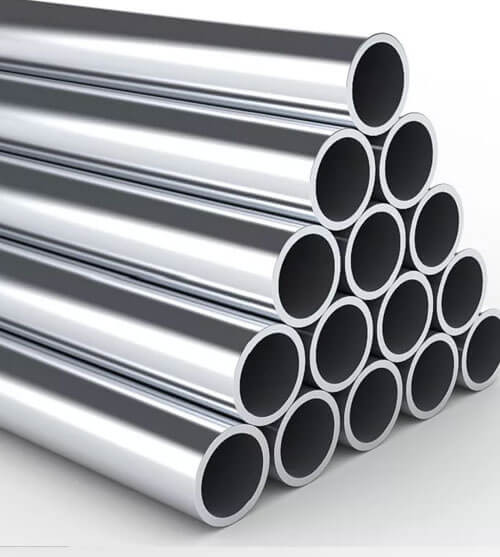
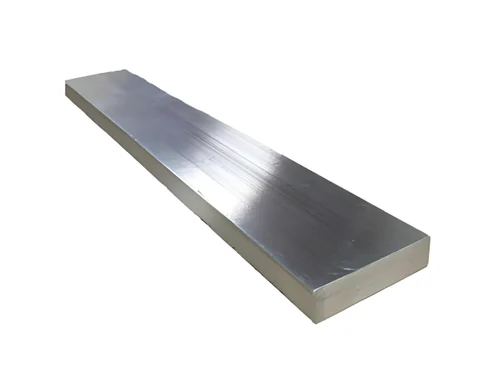
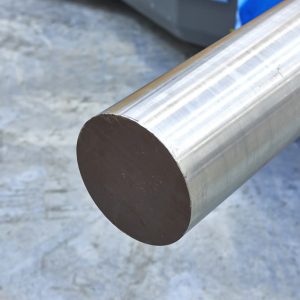
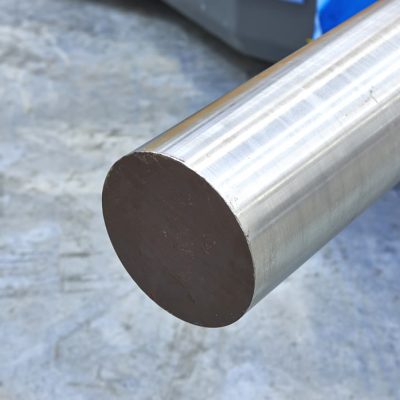
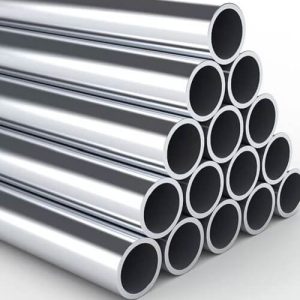
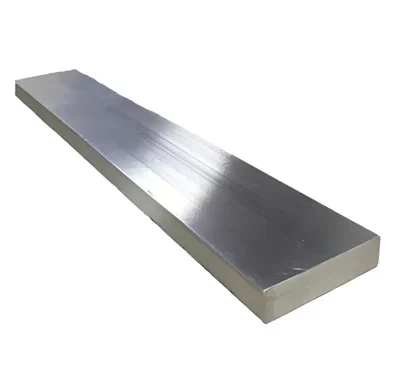
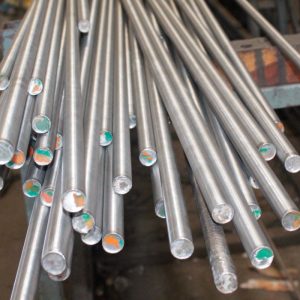
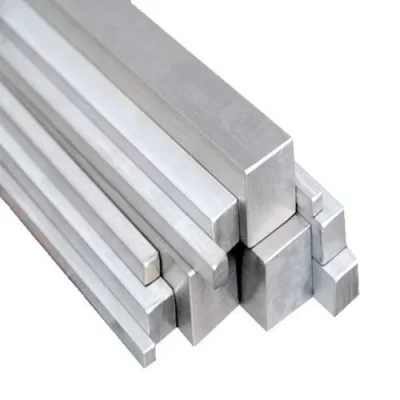
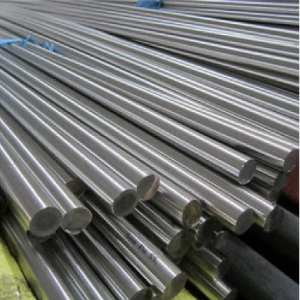
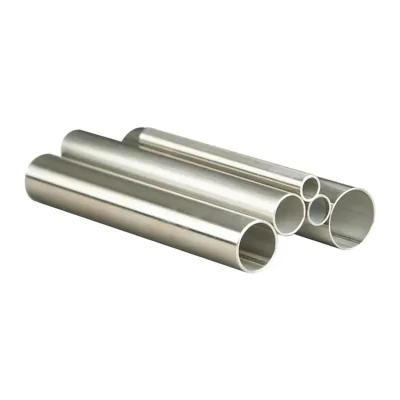
Reviews
There are no reviews yet.